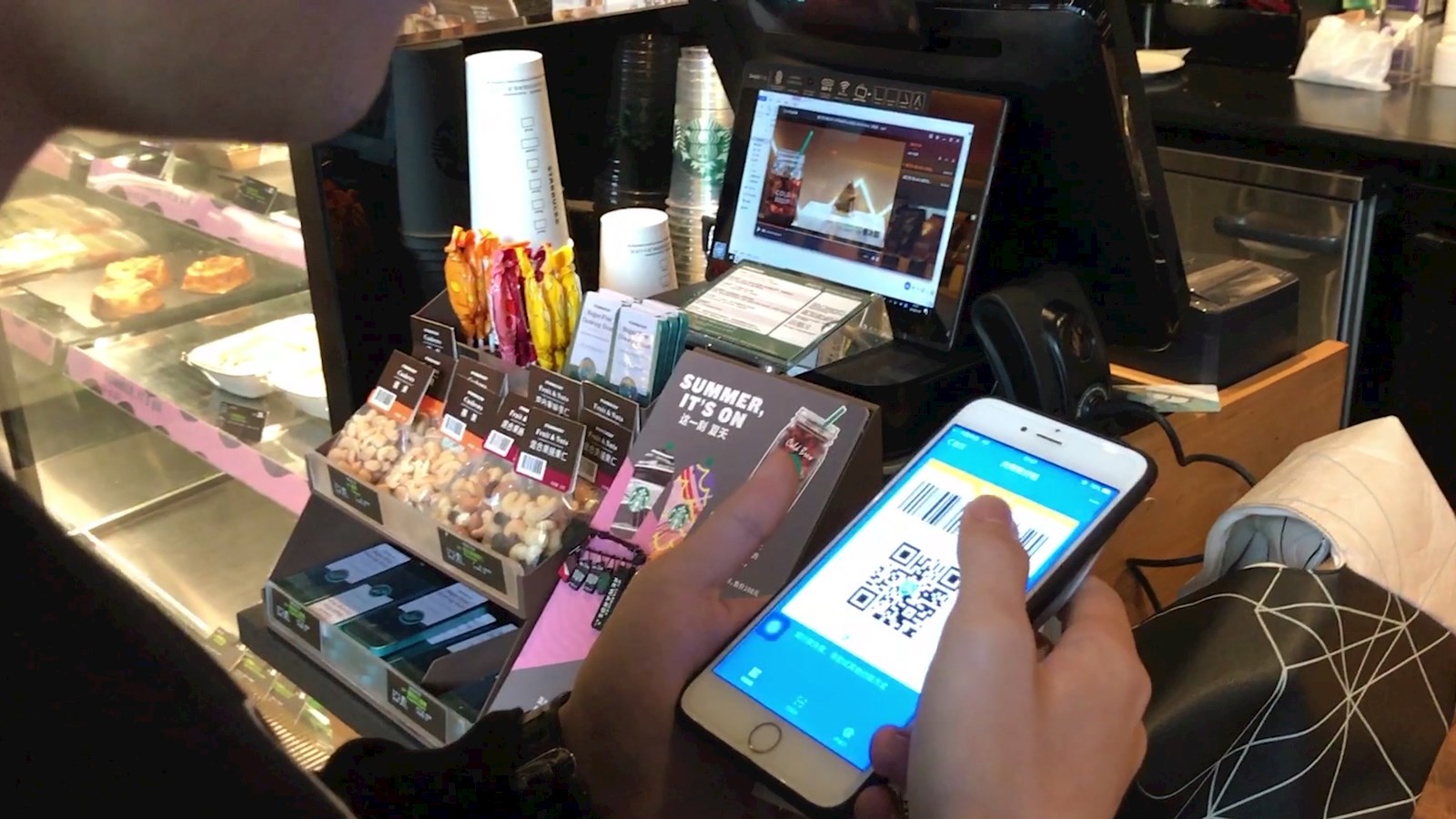
Content, Conversation & Commerce
Social commerce is fast becoming the next disruptive force in China's consumer scene
China’s online marketplace has rapidly evolved since the launch of Alibaba’s Taobao over a decade ago. Since then, China’s consumers in upper-tier cities have developed more sophisticated tastes, while those in rural China have become more particular about what they purchase (to guarantee the best value).
Established ecommerce platforms like JD.com and Taobao are facing increasing competition from new players such as Douyin, Pinduoduo and Red Book. The growing influence of word-of-mouth (WOM) and an increasing expectation of instant gratification have led to a rise in "casual shopping". AI curation and influencer recommendations are forcing China’s largest ecommerce platforms to find new ways to support brands' direct-to-consumer (DTC) ecommerce presence.
High penetration rates of social media and the extensive reach of ecommerce mean Chinese shopping habits differ from the rest of the world. Social commerce (the buying and selling of goods on social media apps) is emerging as the most disruptive trend in years. With unique functions such as Key Opinion Leader (KOL) live-streaming, social activations, content sharing and referral selling, social commerce is challenging the status quo of traditional commerce. It has forced multinational companies to adapt, while giving domestic brands a level competitive playing field.
WPP’s Content, Conversation & Commerce white paper looks at how social commerce is impacting clients, disrupting the industry and the way people shop in China.
Key learnings:
- The “now” consumer: They are known as the “now” consumers - shoppers who are quick to browse, bookmark products and buy. Chinese consumers today are better informed and feel more empowered about their purchase decisions. A recent Kantar Media survey found that consumers’ insights are most effective in influencing purchase decisions. Consumers are more trusting of knowledge that is self-sourced, especially those based on other users' reviews.
- New ways of interaction: The “now” consumer follows trends and has unplanned brand experiences and retail interactions. They can be shopping while at home, at work, on the go, or just before bedtime. In fact, it is this behavior that is driving the need for new approaches to planning social commerce.
- Social-first customer conversion: Brands are challenged to go beyond traditional marketing strategies. From a desire to buy to making an actual purchase, the customer conversion process now has to be augmented by social-first approaches. These include user-generated and promoter-generated content (UGC/PGC) and live broadcasting. Social commerce channels have had a late start but they are steadily catching up. WeChat Commerce has grown seven-fold since 2014, while other platforms like Pin Duo Duo has doubled its sales in just two years.
- Measurable customer ‘voice’: User reviews are verbatim and customer ‘voice’ measurable on ecommerce channels. Such feedback better inform brands on how to build their content and messaging strategy to impact sales conversion. Through these, brands are also rewarding consumers for their referrals and for being brand advocates.
- Countering inflationary pricing pressures with content: The advertising and promotional expenses for leading ecommerce platforms have increased notably. CPM (cost per thousand impressions) has tripled within a few years (2015 to 2018) and ecommerce operational costs have increased. As paid ad inventory on ecommerce channels increase in costs, brands are compelled to leverage brand content (UGC/PGC) as an alternative for growth.
- Social Commerce Approaches: When devising a social commerce program, brands have six options for managing their social commerce programs: Vertical Content, KOL Product Launch, Group Buy Promotions, Gifting Driven Occasions, Membership-Driven Purchases and New Retail. Brands should choose their approach according to their product category, brand maturity and product availability.
For more in-depth insights and analysis download our Content, Conversation & Commerce white paper below:
WPP Report Content Conversation Commerce Nov 2019 EN (pdf 2.99MB)
WPP Report Content Conversation Commerce Nov 2019 CN (pdf 4.96MB)
published on
11 November 2019
Category
More in Commerce

Media in India: the future is now
Brands pursuing the Indian market must focus on personalised experiences and data-driven strategies

Multinational companies must have an India strategy
The Indian market is hugely attractive to brands, but multinational companies must have a bespoke India strategy

Where there’s women’s health, there’s wealth
There’s huge economic advantage in closing the women’s health gap, and yet still this gap is still formidable

